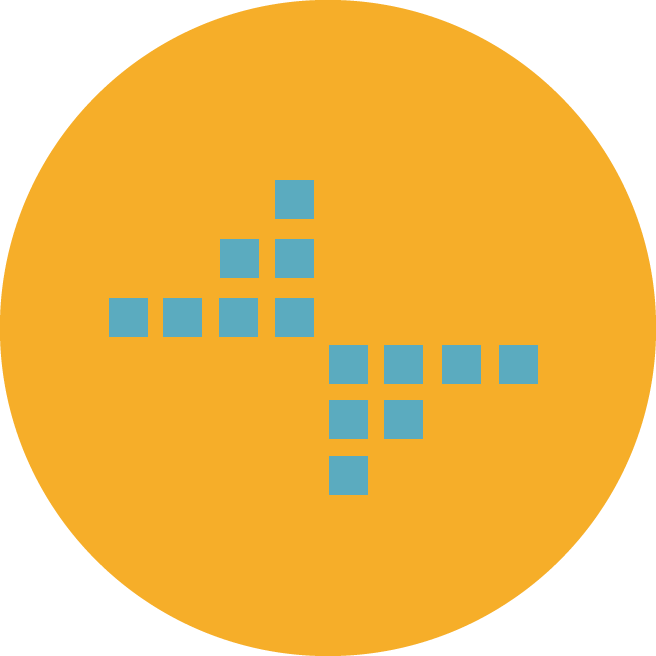
Neuromodulation Market Analysis (2024-2035): Trends, Innovations, and Growth Opportunities
Market Overview
The Neuromodulation Market encompasses a range of medical technologies that alter nerve activity through electrical or chemical stimulation. These devices are used in the treatment of chronic pain, movement disorders, epilepsy, and psychiatric conditions. Neuromodulation therapies have gained significant traction due to their ability to provide targeted treatment with fewer side effects compared to pharmaceutical interventions. The primary product categories include spinal cord stimulators, deep brain stimulators, sacral nerve stimulators, and vagus nerve stimulators.
The Global Neuromodulation Market is valued at USD 5.9 Billion in 2022 and is projected to reach a value of USD 14.8 Billion by 2030 at a CAGR (Compound Annual Growth Rate) of 12.2% between 2023 and 2030, the global neuromodulation market is driven by the rising prevalence of neurological disorders, increasing geriatric population, and growing demand for minimally invasive treatments. With rapid technological advancements, neuromodulation devices are becoming more efficient, offering better outcomes for patients. The period from 2024 to 2035 is expected to witness substantial market growth due to continuous innovations, expanding applications, and improved accessibility to neuromodulation therapies worldwide.
Our comprehensive Neuromodulation Market report ready with the latest trends, growth opportunities, and strategic analysis- View Sample Report PDF

Key Market Trends
Several significant trends are shaping the neuromodulation industry:
Technological Advancements: Innovations in wireless neuromodulation, closed-loop systems, and AI-integrated devices are enhancing treatment precision and patient outcomes.
Rise in Minimally Invasive Procedures: Patients and healthcare providers are increasingly opting for non-invasive and minimally invasive neuromodulation techniques.
Expansion of Indications: Beyond traditional applications, neuromodulation is gaining traction in areas such as depression, obesity, and cognitive enhancement.
Increased Investment and R&D: Companies are investing heavily in R&D to develop next-generation neuromodulation devices.
Telemedicine Integration: Remote monitoring and AI-driven diagnostics are becoming integral to neuromodulation therapy.
Regulatory Advancements: Favorable regulations and accelerated approval pathways are expediting the commercialization of new neuromodulation technologies.
Competitive Landscape
The neuromodulation market is highly competitive, with several key players leading the industry:
- Medtronic: Dominates the market with its innovative neuromodulation solutions for chronic pain and movement disorders.
- Abbott Laboratories: Strong presence in spinal cord stimulation and deep brain stimulation.
- Boston Scientific Corporation: Focuses on cutting-edge technology and expanding indications for neuromodulation devices.
- Nevro Corp: Specializes in high-frequency spinal cord stimulation technology.
- LivaNova: Well-known for its vagus nerve stimulation therapy for epilepsy and depression.
These companies are continuously launching new products, engaging in strategic partnerships, and expanding their global footprint.
Product or Service Analysis
The neuromodulation market includes several key product categories:
Spinal Cord Stimulation (SCS): Used for chronic pain management.
Deep Brain Stimulation (DBS): Applied in Parkinson’s disease and essential tremors.
Sacral Nerve Stimulation (SNS): Effective in treating urinary and fecal incontinence.
Vagus Nerve Stimulation (VNS): Primarily used for epilepsy and depression.
Transcranial Magnetic Stimulation (TMS): Gaining popularity for depression treatment.
Each of these categories is expected to experience significant growth over the forecast period.
Market Segmentation
The market can be segmented based on:
By Type
- Internal Neuromodulation
- External Neuromodulation
By Application
- Spinal Cord Stimulation
- Deep Brain Stimulation
- Sacral Nerve Stimulation
- Vagus Nerve Stimulation
- Gastric Electrical Stimulation
- Transcutaneous Electrical Nerve Stimulation
- Transcranial Magnetic Stimulation
- Respiratory Electrical Stimulation
By Region
- North America
- Europe
- Asia Pacific
- Latin America
- Middle East & Africa
Take Action Now: Secure your Neuromodulation industry today – Purchase Now
Pricing Trends
Pricing varies based on device complexity, technological advancements, and regulatory factors. Historical data suggests that neuromodulation device prices have been gradually decreasing due to competitive pressures and improved manufacturing efficiency. However, premium-priced AI-integrated and closed-loop devices are expected to maintain higher price points.
Innovations and Developments
Recent innovations include:
- AI-driven neuromodulation for personalized therapy.
- Bioelectronic medicine for drug-free treatment.
- Smart implants with wireless connectivity for remote monitoring.
Sustainability and Environmental Impact
With growing concerns about sustainability, manufacturers are adopting eco-friendly materials, reducing electronic waste, and implementing green manufacturing processes.
Case Studies and Data
Clinical trials and real-world case studies illustrate the effectiveness of neuromodulation therapies, with significant improvements in patient quality of life and treatment outcomes.
For Neuromodulation Market Report and updates detailed: View Full Report Now!
Conclusion and Future Outlook
The neuromodulation market is poised for rapid growth between 2024 and 2035, driven by technological advancements, increasing applications, and strong investment in research. The future of neuromodulation lies in personalized therapy, AI integration, and expanding indications beyond traditional neurological disorders.
Browse More Reports:

Editor Details
-
Company:
- Market Reports
-
Name:
- Jane Patil
- Email:
-
Telephone:
- +12129511369
- Website:
Related Links
- Website: Neuromodulation Market
